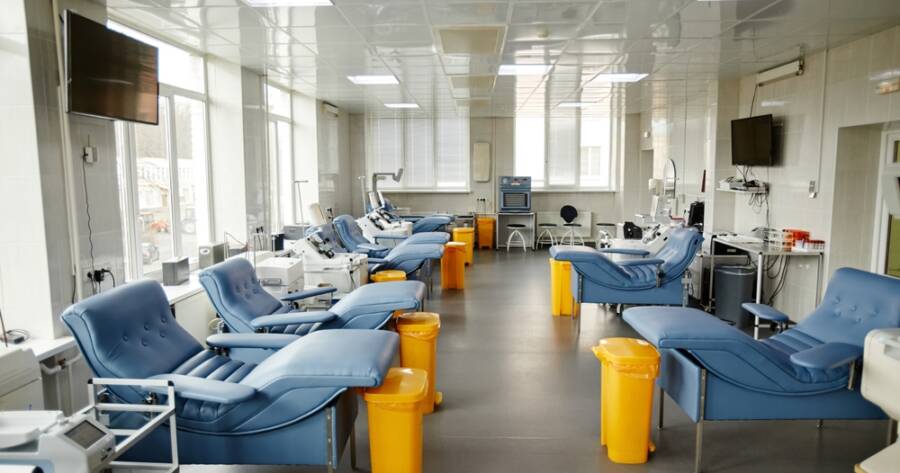Plasma donation plays a crucial role in medicine, aiding patients with severe conditions like burns and trauma. This process involves extracting plasma, the liquid component of blood, through a meticulous method ensuring safety and efficacy. Understanding guidelines for preparation, donation, and post-care is essential. Donating plasma has significant implications for emergencies and ongoing medical advancements.
Understanding Plasma Donation
Plasma, the liquid component of blood, constitutes about 55% of its volume. It transports essential components like red and white blood cells, hormones, and nutrients throughout the body, acting as a crucial transport medium.
Plasma donations are a fundamental part of developing life-saving therapies and are used extensively in medical emergencies.
The Process of Donating Plasma
Plasma donation is a meticulous process designed to ensure donor safety and maximum efficacy in plasma collection. The method usually involves a specialized separation process where plasma is extracted from the blood, and other components like red blood cells and platelets are returned to the donor.
This entire procedure takes around 1.5 to 2 hours, with a stringent focus on donor comfort and safety. Prospective donors must meet certain criteria, including being in good health, weighing over 110 pounds, and clearing a medical examination.
Preparing for Plasma Donation
Preparation for plasma donation involves adhering to certain guidelines to ensure the process goes smoothly. Donors should stay hydrated and consume iron-rich foods before their appointment.
Avoiding coffee, alcohol, and other dehydrating beverages is recommended, as is getting adequate rest the night before. It’s important to bring identification documents like a valid ID, Social Security number, and proof of residence to the donation center, ensuring seamless check-in.
Post-Donation Care and Safety
Once the donation is complete, recovery is a priority. Donors are advised to consume snacks and fluids and avoid strenuous physical activities for the rest of the day.
The U.S. FDA mandates a waiting period, allowing donors to give plasma up to twice a week, with sufficient rest between sessions to maintain their health. Compliance with these guidelines ensures a safe donation experience, minimizing potential side effects.
Plasma Donation Centers That Pay Well in the U.S.
Several major plasma donation centers in the U.S. offer competitive pay per donation, making them worthwhile for donors seeking reliable income sources. On average, clinics typically pay between $50 and $70 per visit, with higher amounts for first-time donations and location-specific bonuses.
Centers like CSL Plasma, Grifols Biomat, and Octapharma Plasma operate nationwide. These facilities follow strict FDA and industry regulations, providing clean environments, trained staff, and loyalty bonuses to regular donors. Many also offer mobile apps to track payments, appointment scheduling, and referral incentives, making them both reliable and rewarding options for consistent plasma donation.
The Impact of Plasma Donations
Donating plasma has profound medical implications. The donated plasma can be used immediately in transfusions to increase blood volume or frozen for future medical use to preserve its clotting factors.
Beyond emergency treatment, plasma is also integral in creating therapies for various diseases, including clotting disorders and immunodeficiencies. Type AB plasma is especially valuable due to its universal compatibility, allowing it to be used in treating patients of any blood type.
Learn More About Plasma Donation
Understanding plasma donation is key to realizing its broader significance in healthcare. This process is not only essential for saving lives but also for advancing medical research and the development of new treatments.
By donating plasma, individuals contribute significantly to healthcare innovations that can aid millions suffering from life-threatening conditions. Learning more about plasma donation could inspire participation in this life-saving initiative, fostering a healthier society.

